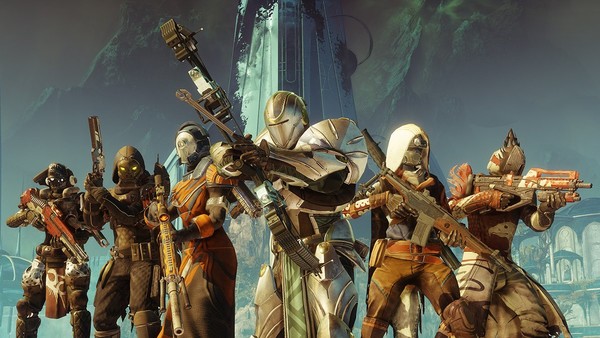How Live Service Video Games Are Poisoning The Industry
5. Games Are Bigger, But Not Better

Despite promising endless hours of engaging, varied gameplay to enjoy, that's not exactly what players got. Instead, the first batch of live-service games like The Division and Destiny were indeed packed with content, but the issue was that they lacked focus, and most of those hours were made up of repeated missions.
In both games, the longevity of the experience came from the grind, expecting players to constantly interact with the same quests and gameplay loops without much in the way of authored, directed content or story to dig into. There was a lot of it, for sure, but it meant the experiences all became one big blur, without any real high or low points. It's all just solid, capital-C content that you plow through without having to really think too much about it. You can play it forever, but nothing really changes after the first 10 hours or so.
Even worse, is that these games are all built on the promise of the roadmap, something which extends the overall length even further. Of course, these post-launch promises from developers and publishers have become as trustworthy as a Peter Molyneaux interview, as they rarely ever pan out as planned.
Recent games like Anthem have seen their roadmap plans delayed or outright cancelled, and what players are left with is a huge game that they're encouraged to keep playing because the actually good content is on the way. Building a long game takes time and effort, but live services have allowed devs to release products that are unfinished for full price, with the expectation that they can be filled in later - which leads to lower quality all around.